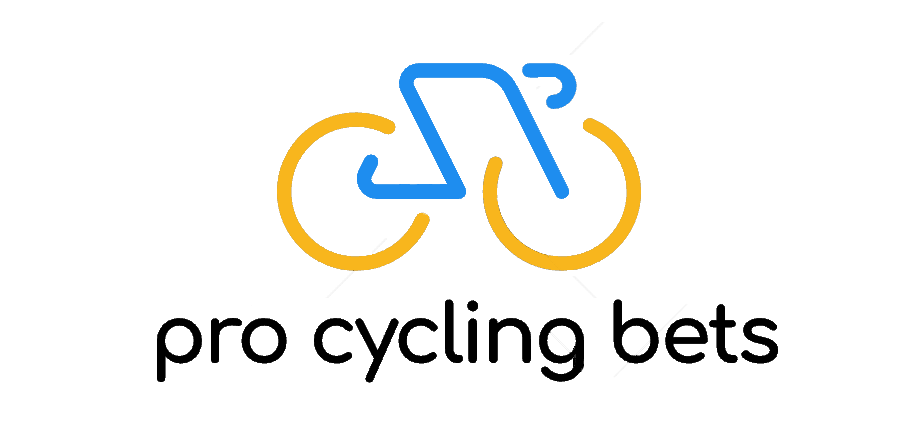What is an Each Way (E/W) Bet?

When we first started betting on cycling we were confused by the following checkbox

What did E/W stand for? What about 1/4 3 Places? What about 1/4 4 Places? What does that mean? Let's break it down.
For certain sports and events such as cycling, golf or horse racing it's pretty unpredictable to be able to bet exactly on the winner. The bet houses realize this and offer odds on a rider placing in the top X places, where X is usually 3, but occasionally for large one-day races or monuments, they'll offer top 4.

However, to be able to make a bet that a rider will come in the top X places, it's required that you make two bets of equal value. The required bet that lets you access the ability to also choose a top X position bet, is that the rider will win the race. So let's take this Geraint Thomas example from above. When you check the E/W box, you're making two bets. The first bet is that Geraint will win the race, while if you select E/W you'll also make a second bet that Geraint will come in the top 3. The second top X bet is forced to be of equal value to the first bet that Geraint will win the race. You can't bet $4 that Geraint will win and $10 that he'll come top 3. This is why it's a checkbox. You're either in or you're out.
Often E/W bets are a good hedge, especially in races where there are 1-3 strong competitors. But note you won't win the same amount if your rider choice, say Geraint, comes 2nd compared to 1rst. That's where the "1/4" comes into play. You'll win 1/4 of the odds of the rider winning the race.
So say Geraint has odds of winning at 16.00. That means you'd have odds of Geraint coming top 3 as 4.00. You'll win $4 if Geraint comes 2nd and your top 3 bet was $1. But you'd also lose the required "Geraint will win" part of the bet. If Gerraint comes 3rd it's the same as if he came 2nd, there's generally no changes in payout.
So in full, let's say we wanted to do a bet for Gerraint to come top 3 in the Tour de France. The odds were 16.00, with E/W @ 1/4. We wanted to bet $1. Well to be able to bet the $1 on the top 3 position you'd be required to do the "required" bet for Geraint to win, so your total bet would be $2. Let's say that Gerraint ends up second. You'd lose the $1 bet for Gerraint to win, but win the $1 for the top 3 position. So you'd win $4. Net you'd have $5 from that bet, but lose $1 from the "required" bet - so you're really net $4.
What if Geraint won? You'd win both bets. So you'd win $16 from the first bet and $4 from the top 3 bet, and end up $22 ($2 from your stake).
If you have a keen eye you'll note that it doesn't always necessarily make sense to press that E/W checkbox. Your top X bet isn't always going to make you more money than the required bet amount itself. If the odds of the rider winning the race is less than 4.00 you'll be making less than 1:1 back because of the "1/4" cut in the odds for top X bets. Say Pogačar has odds of winning the Tour de France of 3.00. If you place an each way bet of $1 ($2 total), then if Poggi comes 2nd your E/W bet you'd be down $0.25. Why? Because you were required to also make that equal bet on Poggi winning ($1) which you lost.
So you paid in $2 and only won back the $1 stake on the top X position plus the odds for the top X place ($0.75) leaving you ending up with $1.75.
It's still a hedge and means that you've lost less than if you just bet $1 on Poggi winning, but it's worth noting that you're not always guaranteed to recoup your bets depending on the set odds.
Generally, it's quite uncommon in cycling that you'll get odds of less than 4.00 for cyclists other than the big 5 like Pog, Wout, Remco, Roglic, and Vingegaard - but in this day and age with these 5 winning virtually everything other bets don't necessarily make sense.
For one-day races and monuments, it's quite common for bettors to place a lot of minimum ($0.3 * 2 usually) E/W bets on riders they expect might win.
